Reading view
Via the ARRL: The K7RA Solar Update
LobsterCon Travelog
We're on the East Coast! KO6BTY, myself, and the 9 year-old, (known on the internets as Tawnse), flew out to Boston from San Francisco yesterday. We walked out of the airport to the ferry terminal! That's so cool! You can walk to a ferry from the airport. But do you know what we did then? We didn't take a ferry, we took a water taxi to a different ferry terminal! So many cool things already!
Here's the view from the water taxi.
We landed at Rowes Wharf which seems to be one of the fanciest wharf's in Boston, so.. yeah. From there we caught the ferry southeast to Hingham
and from there made it to our camp site at Wompatuck State Park.
We're now making our war around via public transit taking the T back in to Boston South Station to catch a train from South Station into Philadelphia.
Meanwhile! KO6BTY and I have had Cesium maps built into our QSO log for a few months now—ever since the day Simon Wilison nonchalantly pointed out that Datasette queries are URLs in an office hour we attended with him—but haven't put up a demo video! Here's a video of a few of KO6BTY's QSOs from one of our recent camping trips along with their associated F2 ionospheric skips.

Master Portable Operations: Reel POTA-ble Antenna Review

A Paraset and the Heathkit SG-6 Signal Generator (Video)
Mike WU2D put out this nice video (above) about whether or not he should part out his Heath SG-6 signal generator, using the parts in a Paraset construction project. I faced a similar question years ago:
https://soldersmoke.blogspot.com/search?q=SG-6
I just solid stated the SG-6. I was influenced by Farhan and the drinking straws that he picked up with his kids at a McDonalds in Hyderabad.
As with the QF-1, I say to Mike: GO FOR IT OM! You need those parts for other projects. Don't feel bad about the SG-6. But keep that switched coil assembly -- it is quite useful.

Backup Power for Home & Field
Power. It is one of the most important aspects of running an operation. But what if you don’t have access to AC power or a storm knocks out all power in your area?
What Are Your Backup Power Options?
There are some differences if you are at home or in the field. At home you will want to power more than just a radio and its accessories—things like a refrigerator, air conditioning, and internet service.
What you want is an uninterruptable power supply (UPS). These can be as little or as large as you can afford. Most of us have small units connected to our computers for safe shutdown. There are room size UPS units that back up large data centers, hospitals, and other critical infrastructure.
The big question is how much runtime do you get? This is almost solely dependent on…
…you guessed it. Batteries.
Lead-acid batteries, most often deep-cycle, are a good choice for emergency power. They are rugged and have relatively low energy density. The deep-cycle option also handles a slow discharge well. They can be used with or without a battery box. A battery box can be purchased or homemade. The cost is on the lower side for batteries as well. The main disadvantage is that they can be extremely heavy, which is usually not an issue for home use.
The next option for home use is a generator, like the Generac GP3600 Series Portable Generator shown below. These can provide power for an extended time period and are rugged. However, generators are bulky and not easy to move. You also need to have fuel to power them and keep them running smoothly.
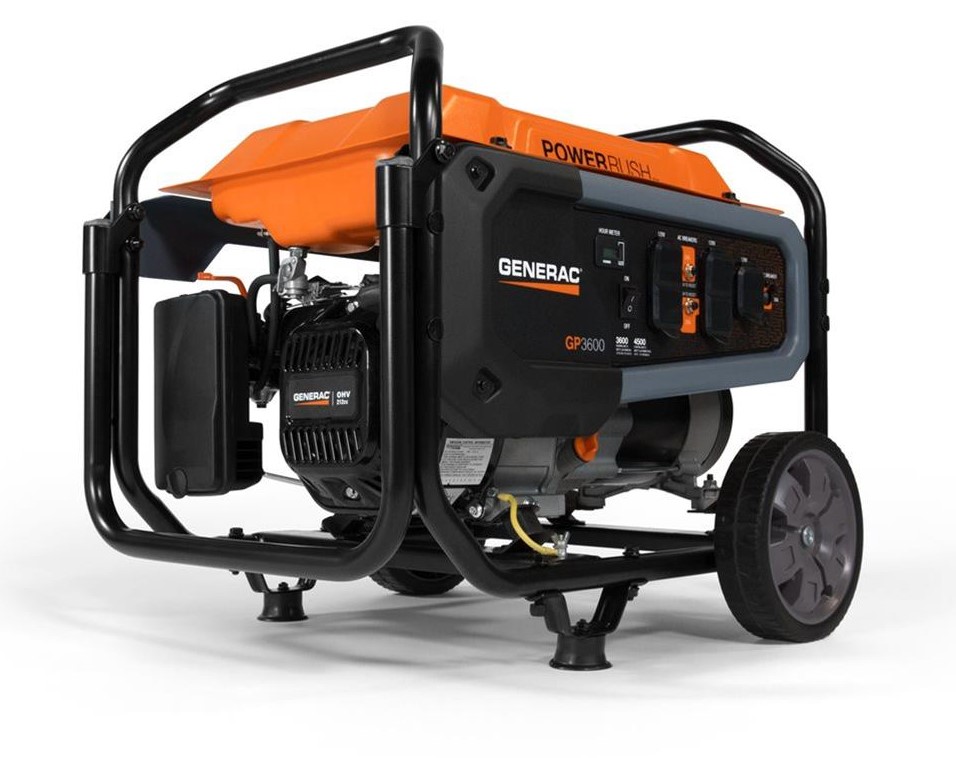
Solar is a good choice for home and portable use. It also has the advantage of being environmentally friendly. A solar cell, or photovoltaic cell (PV), is a device that converts light into electric current using the photovoltaic effect. Multiple solar cells are connected inside modules and modules are wired together to form arrays. The arrays are then tied to an inverter, which produces power at the desired voltage.
A large array for maximum power can become very expensive. Home solar systems often have a way to store excess energy and feed it back into the power grid. Portable solar panels come in many shapes and sizes that you can roll up, fold up, or fold over for easy storage. Straight panels that are more rigid are a good option as well.
You’ll find several solar power options at DXEngineering.com, including Bioenno Power foldable solar panels and solar charge controllers, and the Samlex Solar Portable and Foldable Solar Battery Charging Kit below.
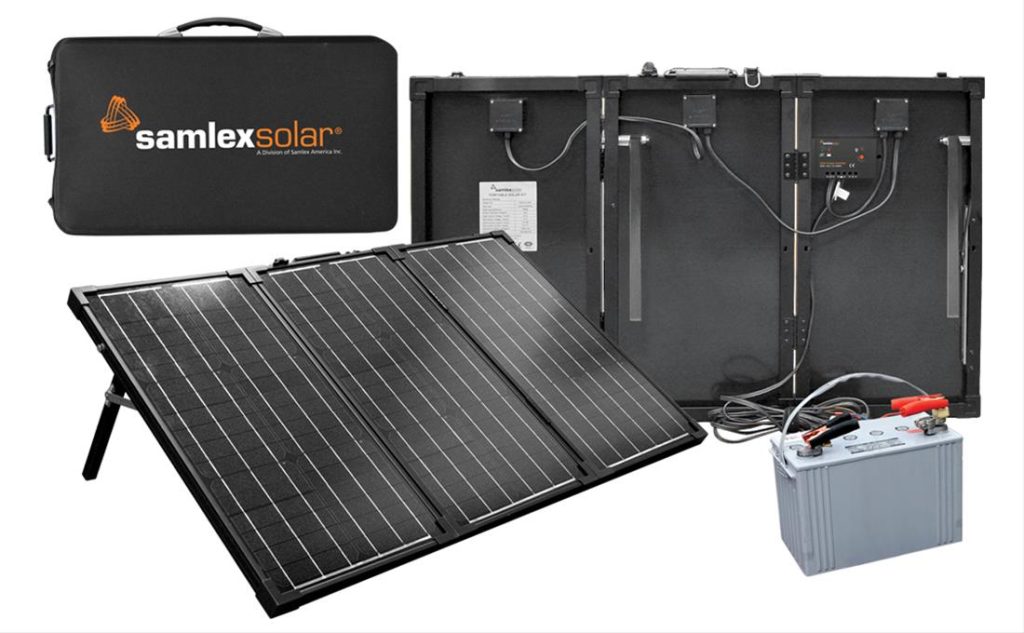
So, what are some good options for people out on a field exercise or during a Parks on the Air activation?
A choice that is growing in popularity is a power station, like the A-iPower 300W Lithium Portable Power Station below. It includes outlets for USB and 12-volt power, with receptacle plugs for easy hookup and power supply. While power stations are relatively lightweight, they may not be the best option for tossing into a backpack from a weight perspective.
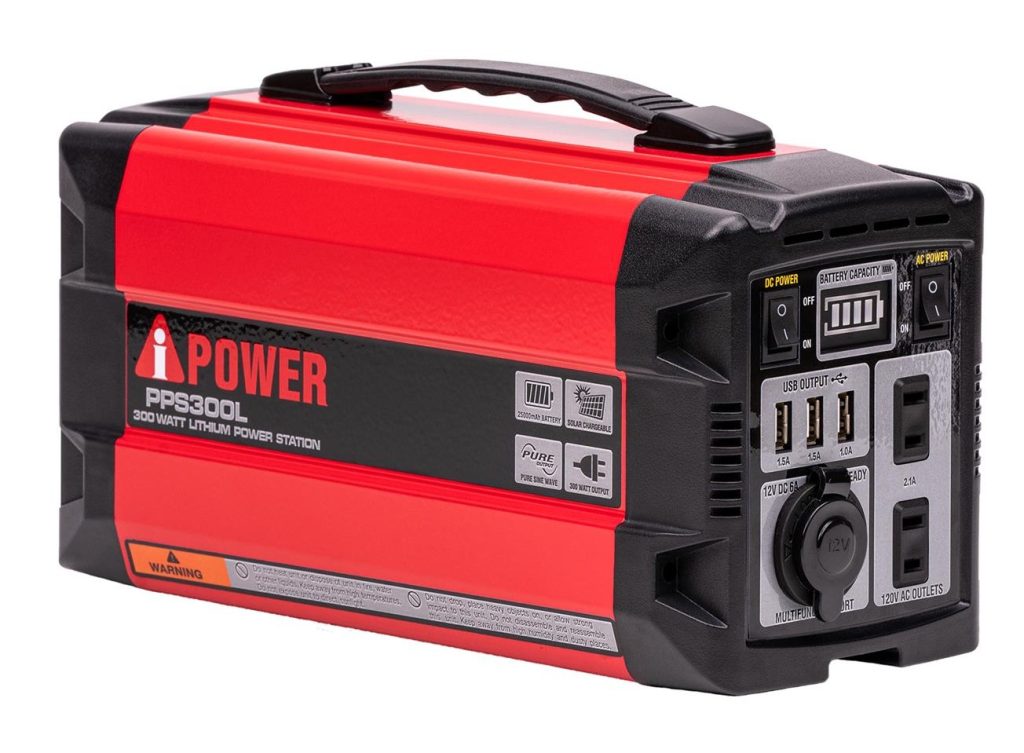
Another extremely popular option is the lithium iron phosphate battery. Lithium iron phosphate (LFP) is an inorganic compound with the formula LiFePO4. Some of its advantages include long cycle lifetimes, high power density, wide operating temperature range, and easy transportability due to its light weight. You can find a range of Bioenno Power LiFePO4 12VDC batteries (see the 12 Ah model below) and battery/charger combos at DXEngineering.com.
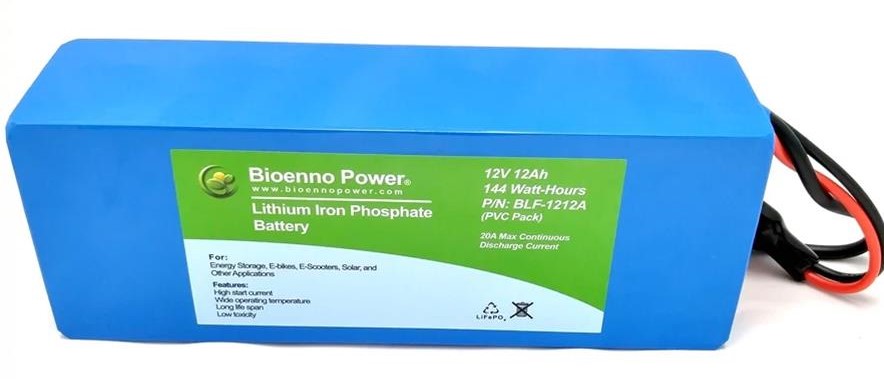
What is your favorite alternative or backup power? Questions?
Share them in the comments below or email me at KE8FMJ@gmail.com.
The post Backup Power for Home & Field appeared first on OnAllBands.
The Write Stuff: My pencil/paper weatherproof logging combo!
Pacific Odyssey Review
Via the ARRL: Call for Nominations for ARRL Director and Vice Director
Via the RAC: RAC Grants and Scholarships Available Now!
Via the ARRL: New ARRL Section Managers
Via the RAC: ARISS Contact: YOTA Camp 2024 at Mount Saint Vincent University in Halifax, Nova Scotia on July 9
Via the ARRL: The K7RA Solar Update
Meshtastic BBS
Meshtastic devices have really taken off in the UK over the last few months and there is now an established Mesh across a large portion of the UK mainland.
Looking to expand the device capability I stumbled across a really interesting little project that is still in the early stages of development but, is functional and worth trying out.
The TC²-BBS Meshtastic Version is a simple BBS system that runs on a RaspberryPi, Linux PC or virtual machine (VM) and can connect to a Meshtastic device via either serial, USB or TCP/IP. Having my M0AWS-1 Meshtastic node at home connected to Wifi I decided to use a TCP/IP connection to the device from a Linux VM running the Python based TC²-BBS Meshtastic BBS.
Following the instructions on how to deploy the BBS is pretty straight forward and it was up and running in no time at all. With a little editing of the code I soon had the Python based BBS software M0AWS branded and connected to my Meshtastic node-1.
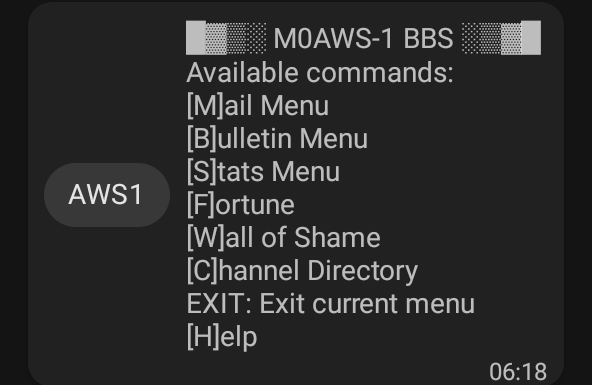
The BBS system is very reminiscent of the old packet BBS systems of a bygone era but, it is ideal for the Meshtastic world as the simple menus and user interface are easily transmitted in seconds via the Mesh using minimal bandwidth.
The BBS is accessible by opening a Direct Message session with the M0AWS-1 node. Sending the letter H to the node will get you the initial help screen showing the menu above and then from there onwards it’s just a matter of selecting the menu item and following the BBS prompts to use the BBS.
The BBS also works across MQTT. I tested it with Dave, G4PPN and it worked perfectly via the Meshtastic MQTT server.
This simple but, effective BBS for the Meshtastic network will add a new message store/forward capability to the Mesh and could prove to be very important to the development of the Meshtastic mesh in the UK and the rest of the world.
More soon …
Coastal Canyon POTA
Most of the canyons between the Pacific and Skyline Drive in San Mateo county are private land or regional open space.
However, if you head up Higgins Canyon Road, past several farms you will come to Burleigh Murray Ranch State Park, POTA reference US-7376.

This park, acquired by the State of California in 1983, extends from the parking area, up the coastal hills to Highway 35 and features several 19th century structures that are “maintained in a state of arrested decay.”

A sign warned of mountain lions, but I think the extensive poison oak is the greater hazard here.

I was fortunate to have a hiking buddy join me for the mile long trek up to the activation spot at a couple of picnic tables just shy of the old barn. A single table is available at the trailhead if you wanted to activate without the walking.

The road winds up a gentle slope with sturdy wooden bridges crossing over Mills Creek a couple of times along the way.

The fancy new KH1 has been getting all the love recently, so I decided to give the Mountaintopper MTR-4B a chance to activate a park. The QMX came along in case high bands were needed, and of course the KH1 was there as a backup station in case I’d forgotten any crucial piece of kit.

An 8 ounce throw weight easily lofted a length of arborist throw line with which I hoisted a 20 meter EFHW. The Spark Plug matching transformer offered an SWR of 1.1 to the MTR, and with 11.7 volts remaining the battery from the previous activation, the rig put out a solid 4 watts.

I’d forgotten how quiet a radio the Mountaintopper is. Turning it on I feared the 20 meter band was “dead” or that the coastal hills were blocking all the signals. I tuned around a bit and chased KD2KW in Texas, this told me 20m was working fine and that my 4 watts would be enough power.

I started calling CQ POTA and the RBN picked me up, causing my scheduled activation to be spotted. I know this because I started getting responses to my calls. With no cell service this far out of Half Moon Bay I was unable to access pota.app to see all the action on spots page.

About 45 minutes of calling yielded the 10 QSOs needed for a complete activation. Mapping the contacts showed that from this location 20 meters favored stations to the North and East today.

We packed up the station and began the easy “hike” back to the car, stopping occasionally to carefully snatch some sweet blackberries that were abundant along the trailsides.

73 de W6CSN



